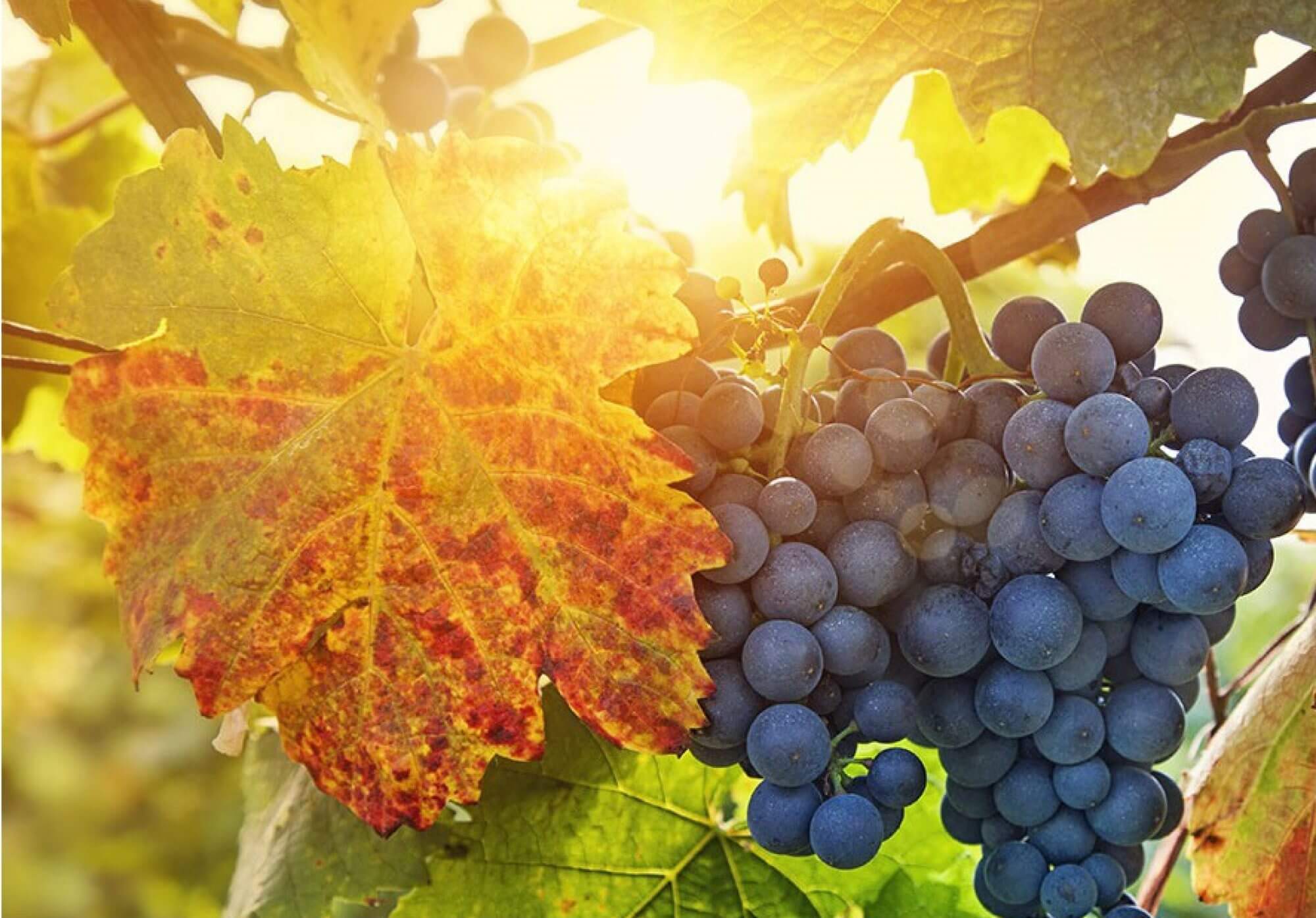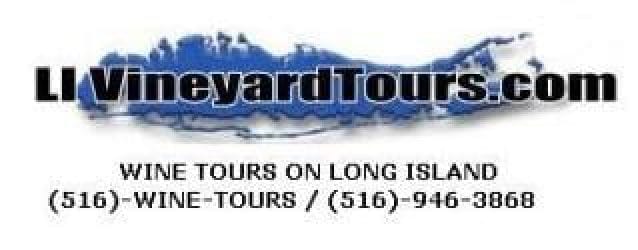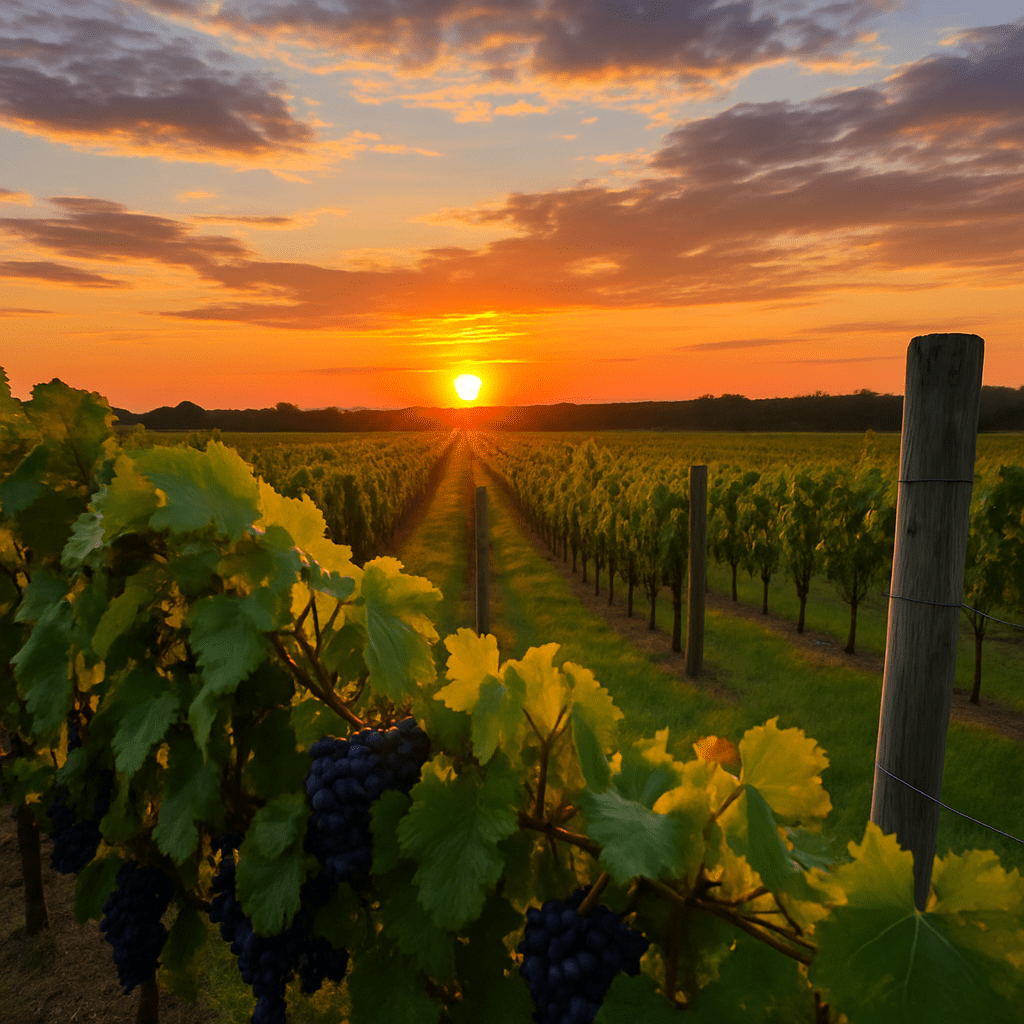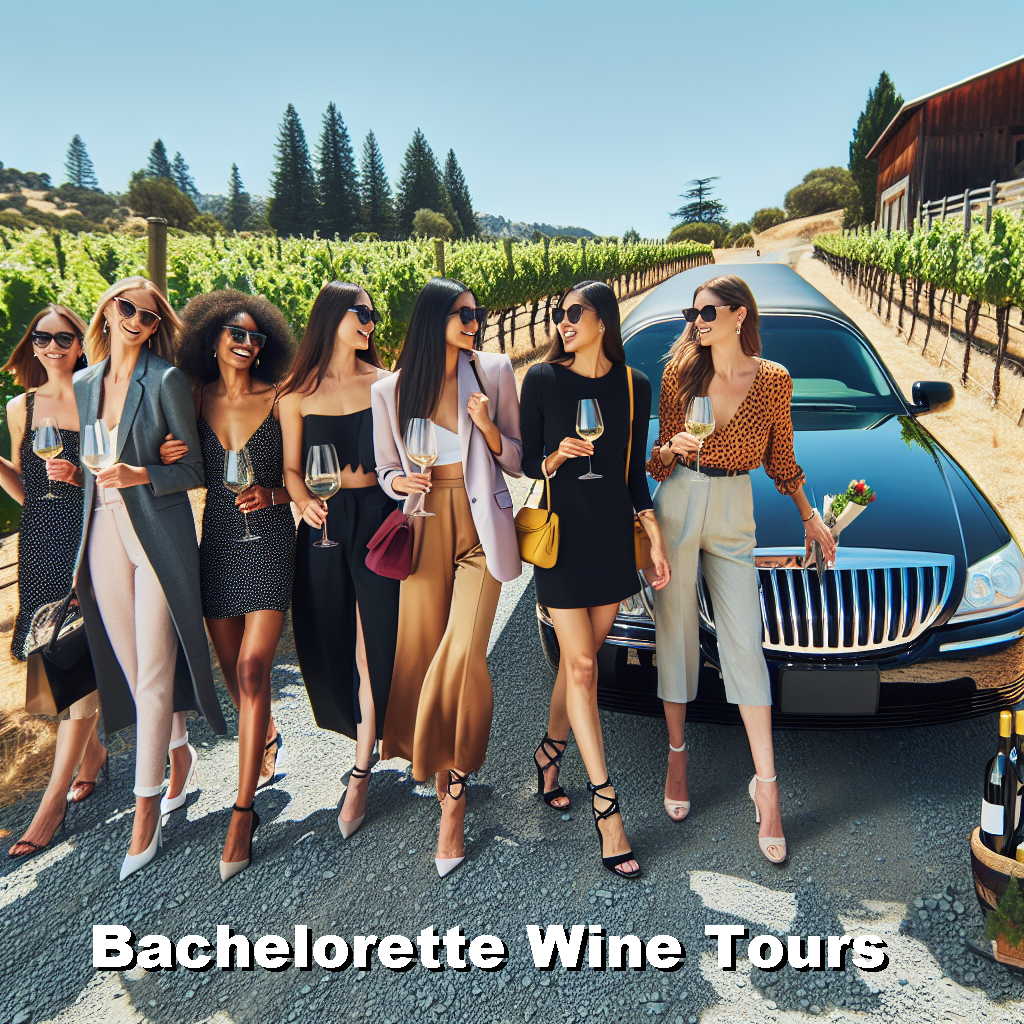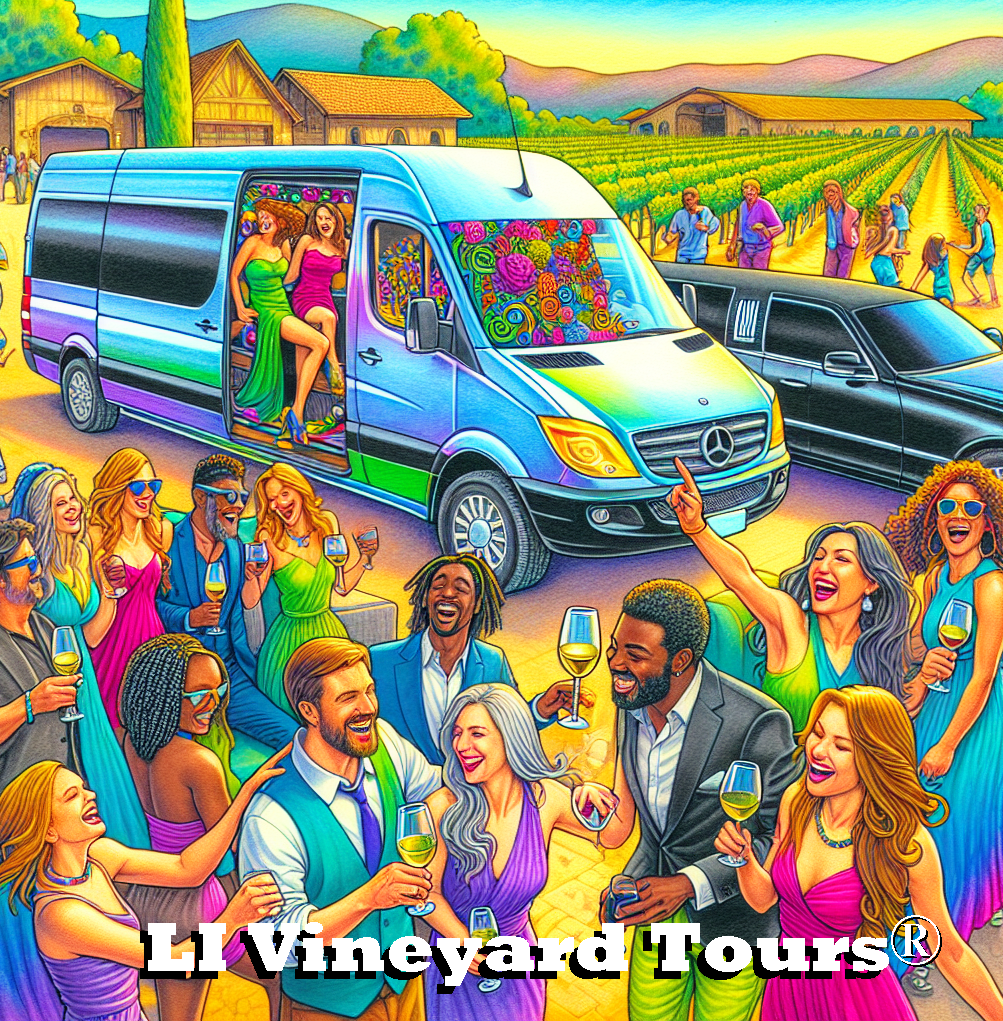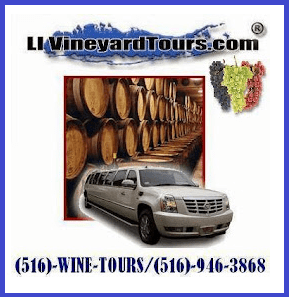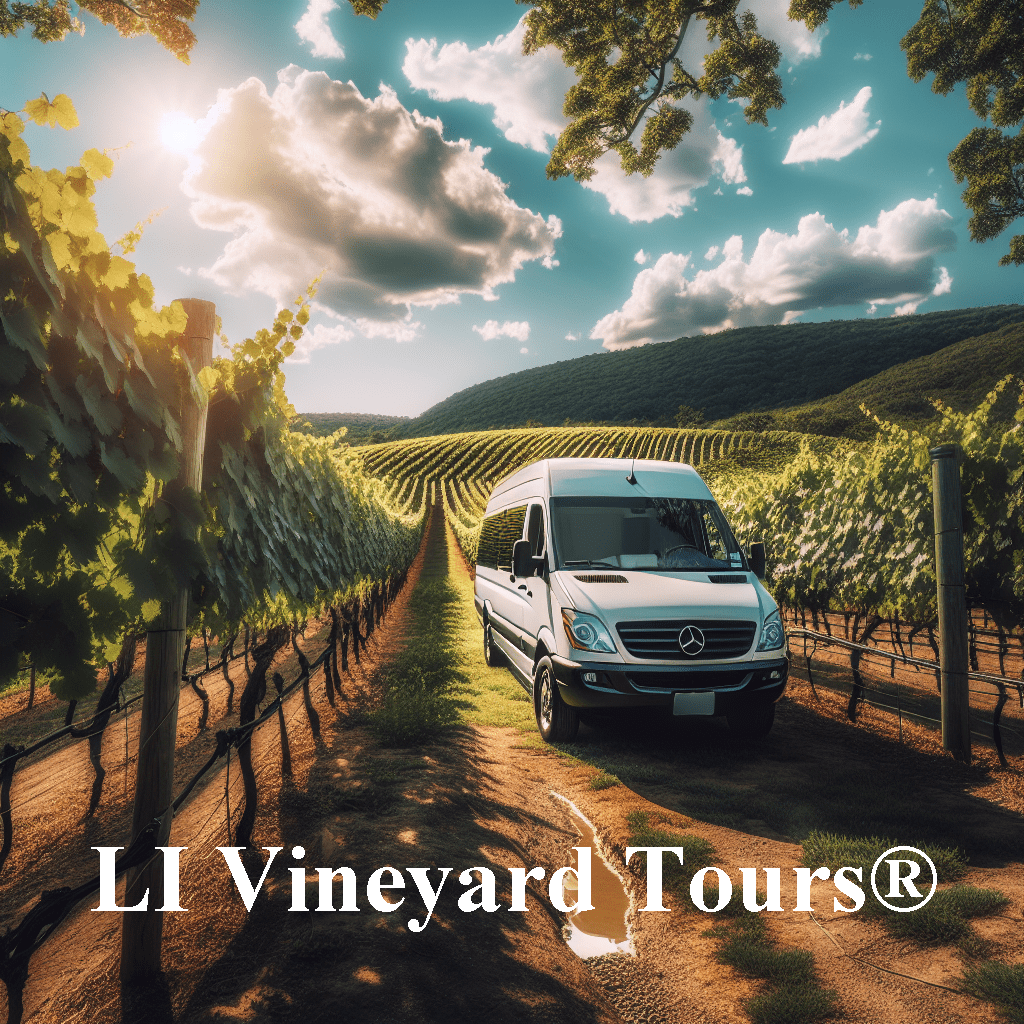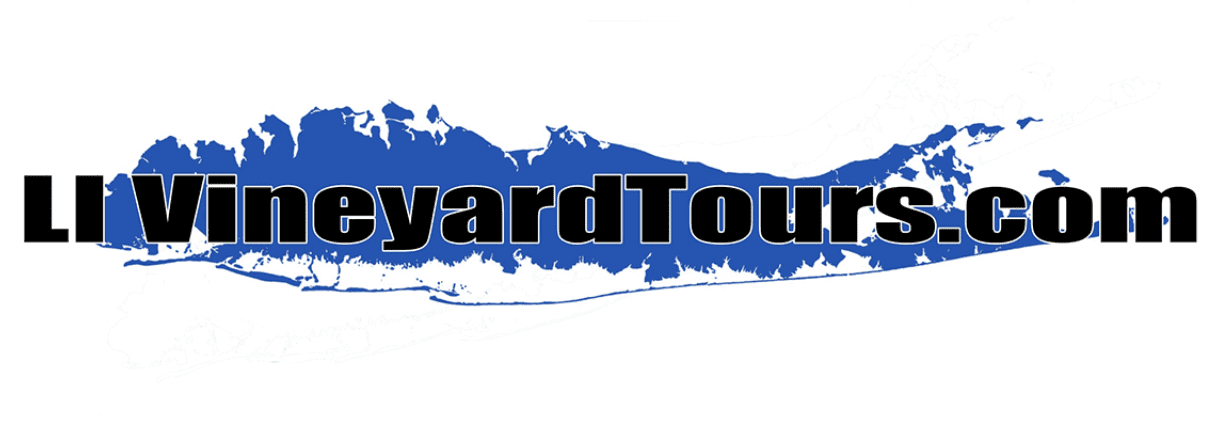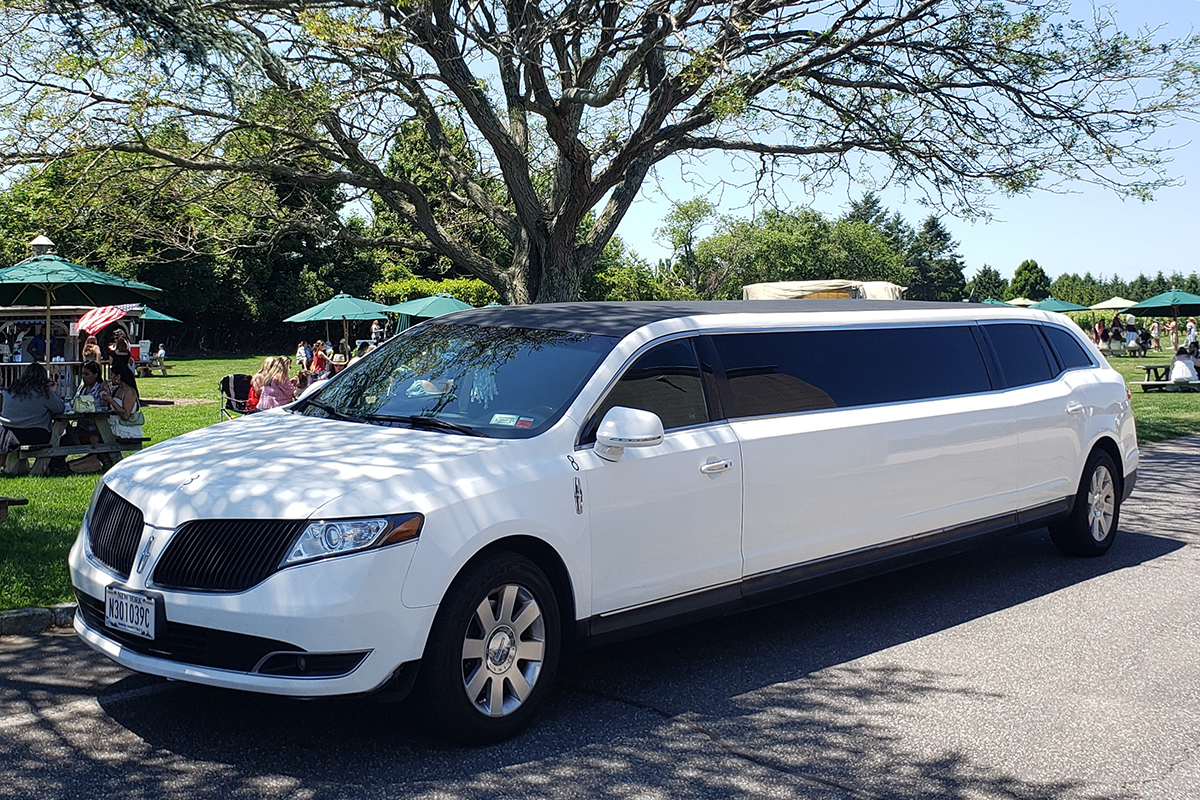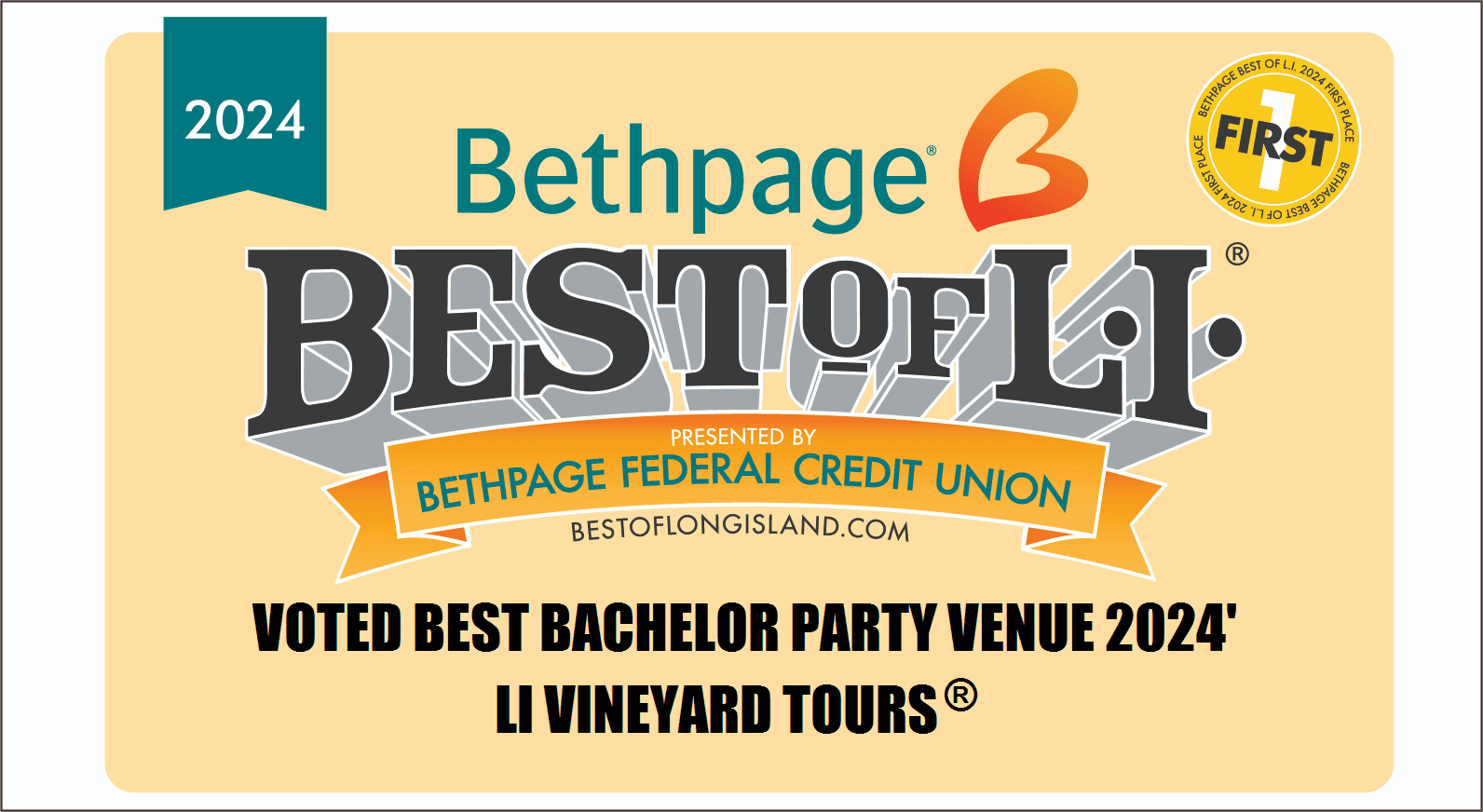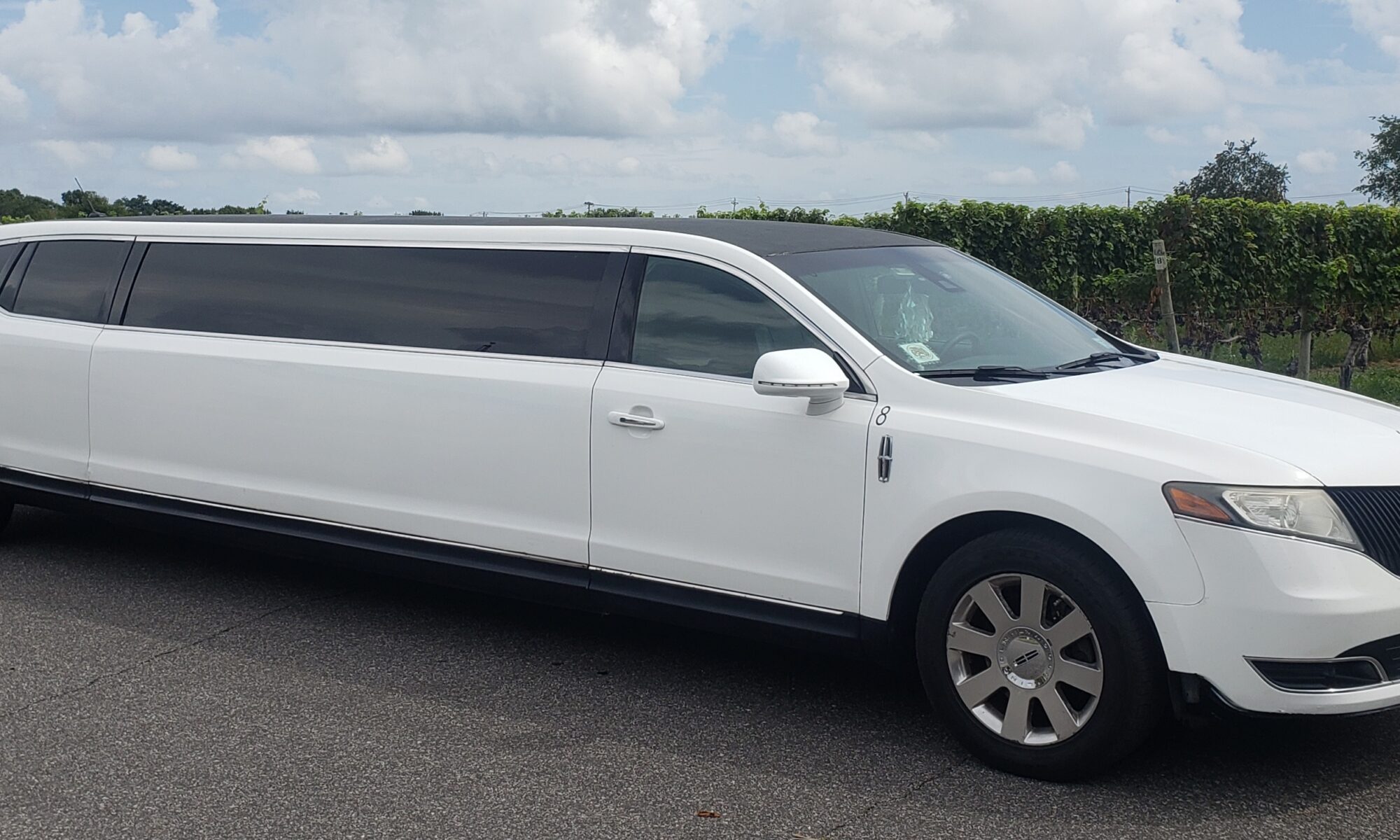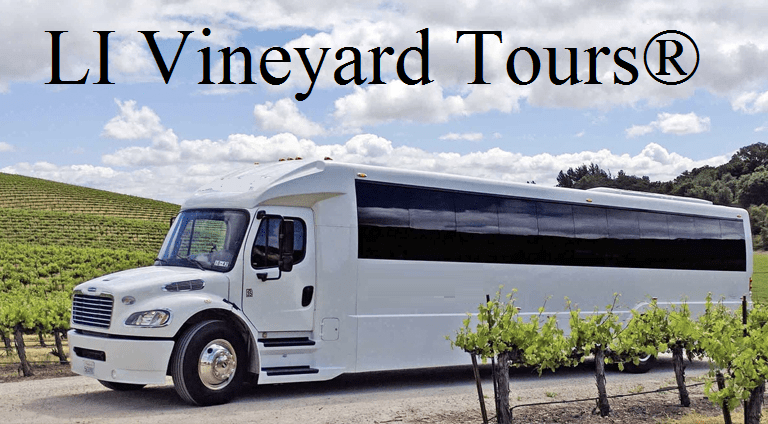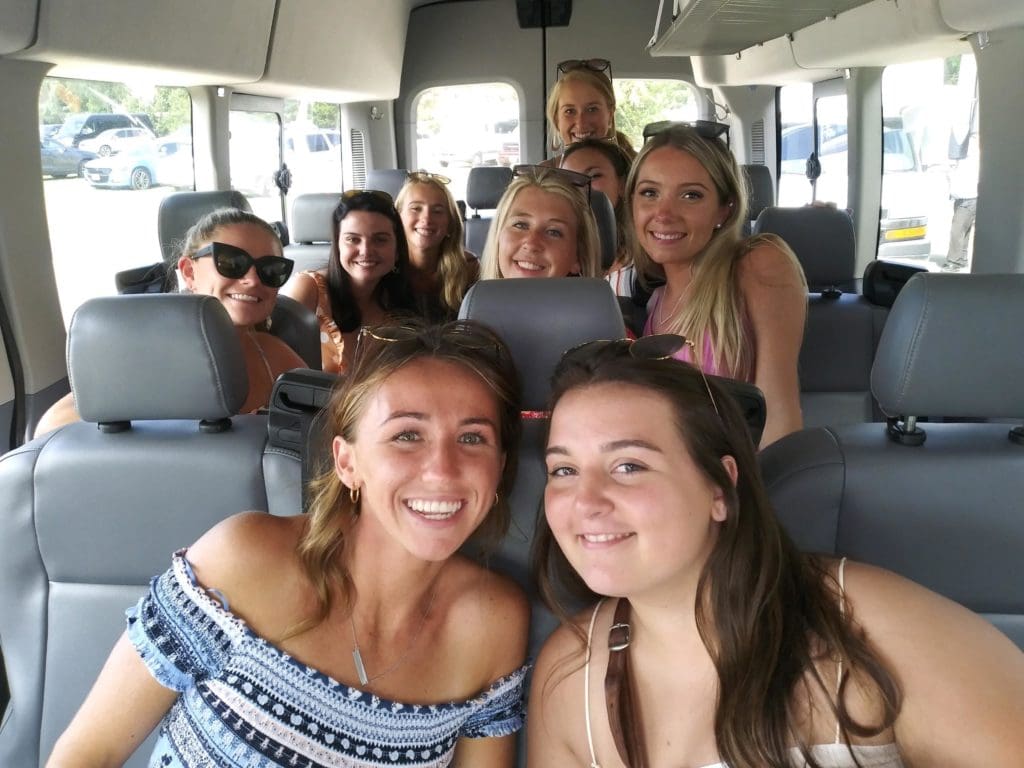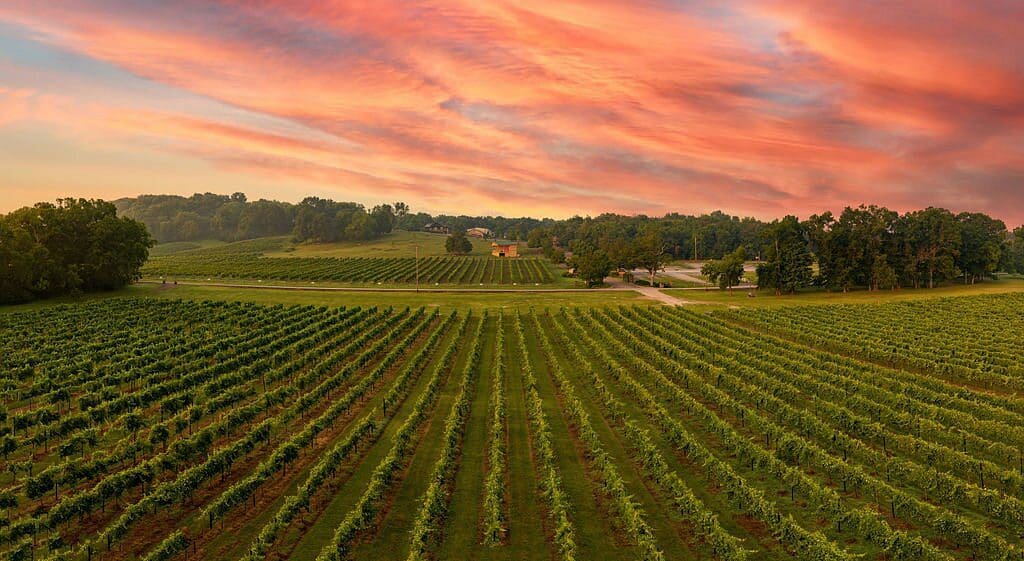Discover the Best Long Island Wine Tours
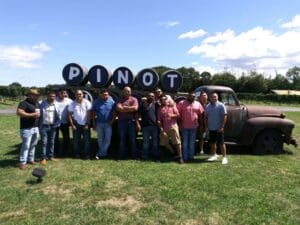
Overview of Long Island’s Wine Region
The Long Island wine country is not just a place; it’s an experience. With over 57 wineries scattered across the North Fork and the Hamptons, each offering its unique charm and flavor, it’s a wine lover’s paradise. The region is particularly famous for its award-winning wineries, producing everything from crisp whites to bold reds.
Did you know that Long Island’s wine production contributes significantly to the local economy? Although specific figures are hard to pin down, it’s clear that this booming industry has become a cornerstone of tourism on the island. According to LongIsland.com, wine-related tourism is a major draw for visitors looking for both relaxation and adventure.
Importance of Wine Tours in Experiencing Local Culture
Embarking on wine tasting tours on Long Island is like diving into a glass of local culture-each sip tells a story! These tours offer a fantastic way to connect with the land, learn about sustainable practices at organic vineyards, and meet passionate winemakers who pour their hearts into every bottle.
Here’s why you should consider taking one:
- Cultural Immersion: Experience the history of historical vineyards Long Island while sampling artisanal wines made from local grapes.
- Sustainable Practices: Many wineries focus on eco-friendly methods, making your visit not just enjoyable but also responsible.
- Diverse Offerings: From private wine tours Long Island for couples seeking romance to group wine tours Long Island, there’s something for everyone!
- Seasonal Festivals: Don’t miss out on seasonal wine festivals that showcase the best local offerings while celebrating community spirit!
Pro Tip: If you’re planning a weekend getaway, consider booking winery tour packages Long Island in advance-popular spots can fill up quickly!
Brief Mention of Popular Wine Tour Options
The variety of options available can be overwhelming-like standing in front of an extensive wine list without knowing where to start! Here are some popular choices:
- Northern Exposure: Explore boutique vineyards North Fork NY that specialize in small-batch wines.
- The Hamptons Experience: Enjoy luxury wine tours Long Island featuring tastings at high-end wineries with stunning views.
- Cultural Adventures: Join guided vineyard tours Long Island that include educational components about craft winemaking in the Hamptons NY area.
- Brewery Crossovers: Some tours even combine visits to local breweries, offering a full spectrum of fermented delights!
No matter which tour you choose, you’re sure to leave with new favorites and unforgettable memories!
The magic of Long Island wine tours lies not only in the exquisite wines but also in the stories behind them. So grab your friends or loved ones, book your tour, and get ready for an adventure filled with laughter, learning, and plenty of delicious sips!
If you’re eager to discover more hidden gems within this lush landscape, keep reading as we unveil five must-visit spots that you absolutely can’t afford to miss!
Criteria for Selecting Hidden Gems
Finding hidden gems among the many Long Island wineries can feel like searching for a needle in a haystack. But fear not, my fellow wine adventurers! Here are some key criteria to help you uncover those sparkling jewels of the Long Island wine country.
Unique Offerings and Experiences
The best hidden gems often provide experiences that you won’t find anywhere else. Look for family-owned wineries Long Island that offer personalized tours or tastings with the winemakers themselves. These intimate settings can reveal the heart and soul behind each bottle.
- Artisan Wines: Seek out small batch wineries in Suffolk County NY known for their unique blends and experimental flavors.
- Culinary Pairings: Some vineyards host food and wine pairing events featuring local chefs, turning your tasting into a gastronomic adventure!
- Cultural Experiences: Look for tours that include local history or art, enriching your visit beyond just sipping wine.
Quality of Wine and Vineyard Practices
You wouldn’t want to invest your time in mediocre wines, right? Focus on wineries that prioritize quality over quantity. Check if they practice sustainable viticulture or if they are certified organic vineyards Long Island. These factors often indicate a commitment to producing top-notch wines.
- Award Recognition: Look for award-winning wineries Long Island. If their wines have received accolades, it’s a good sign you’re in for something special.
- Tasting Notes: Pay attention to reviews and tasting notes from previous visitors-these can give you insights into what to expect!
- Sustainable Practices: Eco-friendly methods not only benefit the environment but often lead to better quality grapes and wines.
Tip: Don’t hesitate to ask about vineyard practices during your visit; knowledgeable staff will be eager to share their passion!
Amenities and Services Provided During Tours
The experience doesn’t stop at just wine! Consider what extra amenities are offered during your tour. Some hidden gems go above and beyond with delightful perks that enhance your visit.
- Tasting Room Atmosphere: A cozy, inviting tasting room can make all the difference-look for those with scenic views or unique decor!
- Add-Ons Available: Check if they offer additional services like picnic areas, guided tours through the vineyards, or even live music events.
- Sipping Options: Some places allow you to sample wines by the glass rather than committing to a full flight-perfect for those who want variety without overindulgence!
The more thoughtful amenities a winery offers, the more likely it is you’ll leave with unforgettable memories (and maybe a few bottles of liquid gold).
If you’re on the hunt for those lesser-known spots that truly capture the essence of Long Island wine tours, keep these criteria in mind. You’ll not only sip on fantastic wines but also create lasting memories along the way. Now, let’s dive deeper into our top five hidden gems waiting just for you!
Hidden Gem #1: Pugliese Vineyard
Description of the Vineyard’s Unique Features
Welcome to Pugliese Vineyards, a true treasure tucked away in the heart of Long Island wine country. This enchanting vineyard offers more than just stunning views; it boasts a rich history that dates back to the early days of Long Island vineyards. With its picturesque landscapes and lush grapevines, you might feel like you’ve stepped into a painting!
What sets Pugliese Vineyard] apart? For starters, they focus on sustainable practices, ensuring their wines not only taste great but are also kind to Mother Earth. You’ll find that many grapes are grown using organic methods, making it one of the top sustainable wineries Long Island.
Highlighted Wines and Tastings Available
Prepare your palate for some seriously delicious options! Pugliese Vineyards is renowned for its artisan wines that reflect the unique terroir of the region. Here’s what you can expect during your visit:
- Signature Chardonnay: Crisp and refreshing with hints of apple and pear, this wine pairs beautifully with seafood or light salads.
- Bold Cabernet Sauvignon: A rich red with notes of dark fruit and a touch of oak-perfect for cozy evenings by the fireplace.
- Sparkling Wine: Perfectly bubbly and festive, it’s a must-try for celebrations or just because you deserve it!
The tasting experience at Pugliese Vineyard is designed to be both educational and enjoyable. Knowledgeable staff will guide you through each sip, sharing stories about the winemaking process and offering food pairing suggestions that elevate your tasting adventure.
Special Events or Activities Offered
If you’re looking for something beyond just sipping wine, Pugliese Vineyard has got you covered! They host a variety of special events throughout the year:
- Culinary Pairing Dinners: Enjoy an exquisite meal crafted by local chefs paired perfectly with their finest wines-a true gastronomic delight!
- Sip & Paint Nights: Unleash your inner artist while enjoying a glass (or two) of their fabulous wines-no experience needed!
- Seasonal Festivals: Join in on seasonal celebrations featuring live music, food trucks, and special tasting flights that highlight their best offerings.
Insider Tip: Check their website or social media for upcoming events-it’s a fantastic way to immerse yourself in local culture while enjoying some amazing wines!
A visit to Pugliese Vineyard isn’t just about tasting great wines; it’s about creating unforgettable memories surrounded by stunning scenery. Whether you’re planning a romantic getaway or a fun outing with friends, this hidden gem is sure to impress!
If you’re ready to dive deeper into the world of Long Island wine tours, stay tuned as we unveil more hidden gems waiting for you to explore!
Hidden Gem #2: Duck Walk Vineyards North
Description of the Vineyard’s Unique Features
Welcome to Duck Walk Vineyards North, a hidden gem nestled in the picturesque landscape of Long Island wine country. This enchanting vineyard offers a delightful mix of history and modern winemaking, making it a must-visit on your Long Island wine tours. With its charming ambiance and breathtaking views, you’ll feel like you’ve stepped into a postcard!
What makes Duck Walk North truly unique? For starters, their commitment to sustainable practices ensures that every sip you take is not only delicious but also environmentally friendly. Many of their grapes are sourced from organic vineyards Long Island, showcasing their dedication to quality and the planet.
Highlighted Wines and Tastings Available
Get ready to treat your taste buds! Duck Walk Vineyards is famous for its artisan wines that capture the essence of the North Fork region. Here’s a sneak peek at what you can expect during your visit:
- Elegant Sauvignon Blanc: Bursting with citrus notes and a refreshing finish, this wine is perfect for pairing with seafood or summer salads.
- Windmill Blush: A semi-sweet Rosé. Fresh and Fruity. An absolute delight with barbeque foods. poultry, and fish. Heavenly in a glass or perfect to pour over a cut strawberry, a few mint leaves, and ice for a simple Sangria.
- Elegant Dessert Wine: A sweet finish to your tasting experience, this wine is perfect for pairing with cheeses or chocolate desserts.
The tasting experience at Duck Walk Vineyards is designed to be both educational and enjoyable. Knowledgeable staff will guide you through each sip, sharing stories about the winemaking process and offering food pairing suggestions that elevate your tasting adventure.
Special Events or Activities Offered
If you’re looking for more than just wine tasting, Duck Walk Vineyards has plenty to offer! They host an array of special events throughout the year:
- Live Music: Enjoy local artists playing their guitars and singing loud and proud at the winery.
- Sip & Paint Nights: Channel your inner Picasso while sipping on delightful wines-no experience necessary!
- Themed Festivals: Join in seasonal celebrations featuring pairings and seasonal tasting flights showcasing their best offerings.
Insider Tip: Be sure to check their website or social media for upcoming events-it’s a fantastic way to immerse yourself in local culture while enjoying some amazing wines!
A visit to Duck Walk Vineyards North isn’t just about sipping great wines; it’s about creating unforgettable memories surrounded by stunning scenery. Whether you’re planning a romantic getaway or a fun outing with friends, this hidden gem is sure to impress!
If you’re ready to dive deeper into the world of Long Island wine tours, stay tuned as we unveil more hidden gems waiting for you to explore!
Hidden Gem #3: Osprey Dominion Winery
Description of the Vineyard’s Unique Features
Welcome to Osprey Dominion Winery, a captivating haven nestled in the East End of Long Island wine country. This vineyard is not just a feast for the eyes but also a celebration of rich traditions and innovative winemaking. Picture yourself surrounded by lush grapevines, with breathtaking views that make you feel like you’re in a movie set!
What makes Osprey Dominion Winery stand out from the crowd? For starters, they embrace sustainable practices that ensure every bottle you sip is a testament to their commitment to the environment. Many grapes are sourced from their own organic vineyards in Long Island, showcasing their dedication to quality and sustainability.
Highlighted Wines and Tastings Available
Your taste buds are in for a treat at Osprey Dominion Winery. Renowned for its artisan wines, this vineyard captures the essence of its unique terroir. Here’s what you can expect during your visit:
- Refreshing Riesling: Bursting with floral notes and crisp acidity, this wine pairs beautifully with spicy dishes or lighter fare.
- Complex Chardonnay: This medium-bodied red delivers layers of flavor, from cherry to earthy undertones, perfect for cozy evenings.
- Cabernet Franc: This wine is ideal for celebrations or just because!
The tasting experience at Osprey Dominion Winery is designed not only to tantalize your palate but also to educate. Knowledgeable staff will guide you through each sip, sharing insights about the winemaking process while offering food pairing suggestions that elevate your tasting adventure.
Special Events or Activities Offered
If you’re looking for more than just sipping wine, Osprey Dominion Winery has an exciting lineup of special events throughout the year:
- Culinary Wine Experiences: Delight in exquisite meals prepared by local chefs paired with their finest wines for an unforgettable gastronomic journey!
- Sip & Paint Nights: Unleash your creative side while enjoying delightful wines-no artistic talent required!
- Themed Seasonal Festivals: Join lively celebrations featuring live music, the best Guacamole in all of Long Island and exclusive tasting flights.
Insider Tip: Don’t forget to check their website or social media for upcoming events-it’s a fantastic way to immerse yourself in local culture while enjoying some amazing wines!
A visit to Osprey Dominion Winery isn’t just about tasting great wines; it’s about creating unforgettable memories amidst stunning scenery. Whether you’re planning a romantic getaway or an enjoyable outing with friends, this hidden gem is sure to impress!
If you’re eager to continue exploring the world of wine tours Long Island, stay tuned as we unveil more hidden gems waiting just for you!
Hidden Gem #4: Pellegrini Vineyards
Description of the Vineyard’s Unique Features
Welcome to Pellegrini Vineyards a hidden gem nestled in the enchanting landscape of Long Island wine country. This vineyard is a delightful fusion of tradition and modern winemaking, offering visitors an experience that feels both timeless and fresh. Imagine strolling through rows of lush grapevines, each one telling a story as old as the land!
What sets Pellegrini Vineyards apart from the rest? 34 years in business. For starters, they are committed to sustainable practices that not only yield exceptional wines but also protect our beautiful planet. Many grapes are sourced from their own organic vineyards Long Island, ensuring that every sip you take is not just delicious but eco-friendly too.
Highlighted Wines and Tastings Available
Prepare your taste buds for an unforgettable journey at Pellegrini Vineyards. Known for its artisan wines, this vineyard captures the essence of its unique terroir. Here’s a sneak peek at what you can expect during your visit:
- Cabernet Sauvignon: Enticing aromas of blackberry, vanilla and cassis foreshadow the dark fruit on the palate. A spicy yet supple finish promotes immediate drinkability while the tannin structure ensures ageability as well.
- Sauvignon Blanc: A vein of minerality introduces this fresh Sauvignon Blanc. Lime zest, elderflower and cape gooseberry create an elegant palate with a crisp tropical finish. Pair with local oysters, ceviche and other citrus inspired cuisine.
- Rose: A classic dry rosé made from a field blend of Cabernet Sauvignon, Cabernet Franc and Merlot. Carrying delicate aromas of honey and sorrel and delivering baked rhubarb, grapefruit and wild strawberry through the palate. Serve cold with local goat cheese and charcuterie.
The tasting experience at Pellegrini Vineyards is designed to be both educational and fun. Friendly staff will guide you through each sip, sharing fascinating stories about their winemaking process while offering food pairing suggestions that elevate your tasting adventure.
Special Events or Activities Offered
If you’re seeking more than just wine tasting, Pellegrini Vineyards has plenty to offer! They host an array of special events throughout the year:
- Culinary Wine Pairing Nights: Indulge in exquisite meals crafted by local chefs paired with their finest wines-a true culinary delight!
- Sip & Paint Evenings: Unleash your inner artist while sipping on delightful wines-no experience necessary!
- Themed Seasonal Festivals: Join in on lively celebrations featuring live music, food trucks, and exclusive tasting flights showcasing their best offerings.
Insider Tip: Be sure to check their website or social media for upcoming events-it’s a fantastic way to immerse yourself in local culture while enjoying some amazing wines!
A visit to Pellegrini Vineyards isn’t just about sipping great wines; it’s about creating unforgettable memories surrounded by stunning scenery. Whether you’re planning a romantic getaway or a fun outing with friends, this hidden gem is sure to impress!
If you’re eager to continue exploring the world of wine tours in Long Island, stay tuned as we unveil more hidden gems waiting just for you!
Hidden Gem #5: Pindar Vineyard
Description of the Vineyard’s Unique Features
Welcome to Pindar Vineyards, a true hidden gem nestled in the breathtaking expanse of Long Island wine country. This vineyard is not just about sipping wine; it’s an immersive experience that combines stunning natural beauty with rich winemaking history. As you wander through the vines, you might feel like you’ve stumbled into a scene from a romantic movie!
What makes Pindar Vineyards stand out? 46 years in business. Known as one of the original pioneers of Long Island Wine Country this story began in 1979. With over 300 scenic acres, all there grapes are sourced from their own organic vineyards throughout Long Island. This dedication ensures that every bottle reflects both quality and environmental responsibility.
Highlighted Wines and Tastings Available
Your palate is in for a treat at Pindar Vineyards. Known for its artisan wines, this vineyard showcases the unique terroir of Long Island. Here’s what you can expect during your visit:
- Sunflower Chardonnay: The grapes for this wine came from a special vineyard site of only 3.9 acres. This limited special reserve is lightly oaked and has vanilla and caramel notes, with a back palate of apple and pear.
- Riesling Dessert Wine: This stunningly rich and complex dessert wine is sweet and fruity, with concentrated flavors of apricot, honey, and passion fruit.
- Cuvée Rare Champagne: Crafted in the classic méthode Champenoise, produced from 100% Pinot Meunier grapes and cellared on its own lees. Our cuvée is dry with a magnificent cordon of bubbles and a hint of ripe apples and sourdough.
The tasting experience at Pindar Vineyards is designed to be both educational and enjoyable. Knowledgeable staff will guide you through each sip, sharing stories about the winemaking process while offering food pairing suggestions that elevate your tasting adventure.
Special Events or Activities Offered
If you’re looking for more than just wine tasting, Pindar Vineyards has plenty to offer! They host an array of special events throughout the year:
- Culinary Wine Pairing Dinners: Delight in exquisite meals curated by local chefs paired perfectly with their finest wines-a true gastronomic journey!
- Sip & Paint Nights: Unleash your inner artist while enjoying delightful wines-no prior experience necessary!
- Themed Seasonal Festivals: Join lively celebrations featuring live music, food trucks, and exclusive tasting flights showcasing their best offerings.
Insider Tip: Be sure to check their website or social media for upcoming events-it’s a fantastic way to immerse yourself in local culture while enjoying some amazing wines!
A visit to Pindar Vineyards isn’t just about sipping great wines; it’s about creating unforgettable memories surrounded by stunning scenery. Whether you’re planning a romantic getaway or a fun outing with friends, this hidden gem is sure to impress!
If you’re eager to continue exploring the world of Long Island wine tours, stay tuned as we unveil more hidden gems waiting just for you!
Tips for Planning Your Long Island Wine Tours Experience
Planning your Long Island wine tours can be as delightful as sipping a glass of your favorite vintage. With so many Long Island vineyards and wineries to choose from, it’s essential to strategize a little to make the most of your experience. Here are some tips that will help you navigate the grape-filled landscape like a pro!
1. Choose the Right Time of Year
The timing of your visit can drastically affect your experience. While summer is popular for its sunny days, consider visiting during seasonal wine festivals Long Island, which showcase local wines and food pairings. Spring and fall also bring beautiful scenery with vibrant colors in the vineyards.
Tip: If you’re aiming for a quieter experience, try visiting on weekdays instead of weekends when crowds tend to swell.
2. Create an Itinerary Based on Your Interests
Your ideal wine tour itinerary should reflect your personal taste. Are you into organic vineyards Long Island or do you prefer boutique wineries North Fork NY? Maybe you’re keen on tasting artisan wines from family-owned wineries Long Island? Craft an itinerary that aligns with what excites you!
- Cultural Tours: Consider tours that include historical insights about the region’s winemaking heritage.
- Sustainable Practices: Focus on visiting sustainable wineries Long Island that prioritize eco-friendly practices.
- Culinary Pairings: Look for places offering food pairings or culinary events to enhance your tasting experience.
3. Book in Advance
If you’re eyeing those LI Wine Tours, don’t wait until the last minute! Many popular spots offer limited tastings and tours, especially during peak seasons. Booking in advance ensures you snag a spot at must-visit locations.
Pro Tip: Consider looking into winery tour packages Long Island, which often include tastings at multiple locations for a bundled price!
4. Consider Transportation Options
You wouldn’t want to miss out on tastings because you’re worrying about driving! Opt for transportation options like designated drivers, group tours, or even private wine tours Long Island if you want a more personalized experience.
- Limo Services: For a touch of luxury, consider looking at a fleet of limousines or sprinter vans that can take you from one winery to another comfortably.
- Bicycle Tours: For the adventurous souls, some companies offer bike rentals that allow you to pedal through scenic winery views Long Island!
- Public Transport: Check local bus routes or train services that connect major wine regions if you’re on a budget.
5. Engage with Staff and Winemakers
The heart of any great winery lies in its people! Don’t hesitate to ask questions about their processes, history, and recommendations during tastings. Engaging with passionate staff can enrich your understanding and appreciation of each pour.
The best experiences often come from personal connections made during visits-so be curious!
Your interactions could lead to discovering hidden gems or special releases not listed on the menu!
Your Takeaway: Enjoy Every Sip!
The ultimate goal of your Long Island wine tours? To enjoy every sip while creating unforgettable memories with friends or loved ones! So embrace spontaneity-if something catches your eye or palate along the way, don’t hesitate to explore it further!
If you’re ready to dive into this adventure, gather your crew, pack some snacks (and maybe some sunscreen), and get ready for an amazing journey through Long Island wine country. Cheers
